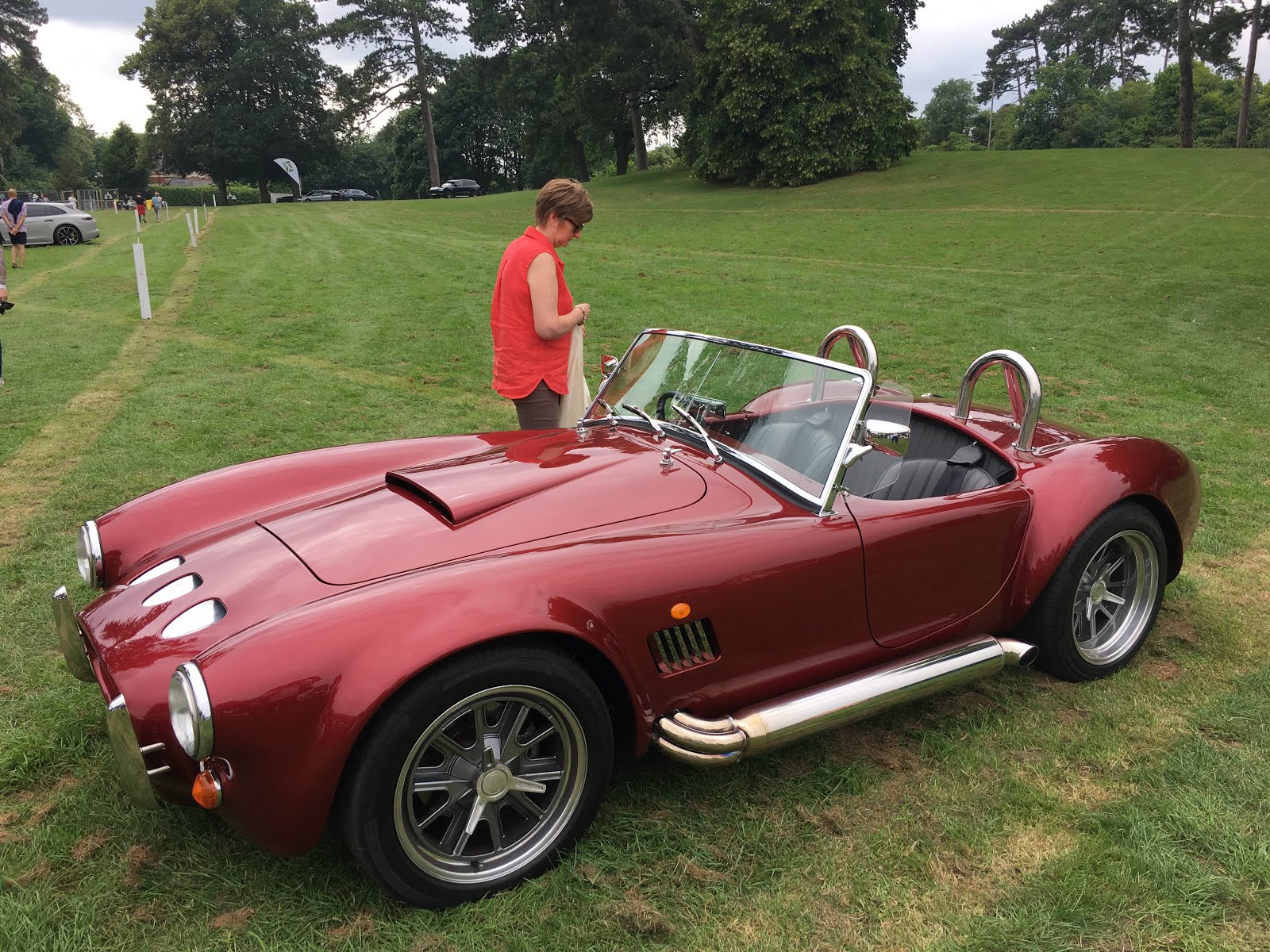Over the last few days I'd been pondering the startup process, read the notes supplied by Roadcraft thoroughly and surveyed the motor and ancillaries to make sure there were no issues.
First thing I noticed was that the water temperature sender and cable, No's 4, 5 and 6 spark plug boots were very close to the exhaust headers. So a quick search on line and an order followed to Thermalvelocity for some thermal boot covers.
Next step was to use the oil priming tool provided by Roadcraft to pressurise the oil system and check the oil pressure gauge and low oil pressure light. So remove the distributor, fix the tool to a variable speed drill, ignition on and rotate the oil pump clockwise. And great news - oil light went out and gauge read 50 psi.
Having taken the distributor out, the static timing needed to be reset. I already had the engine set to TDC on No1 cylinder from previously, so it was a case of rotating the distributor so that the rotor lined up with plug lead 1 on the distributor cap. This is a bit of a fiddle but from what I had read, as long as this was in line, the motor would start but would need to be advanced soon after.
Next job - connected up the timing light to sort the timing when started.
Removed the vacuum advance tube from the distributor and blocked the pipe.
Blocked the Servo input pipe on the carburetor.
Removed the Header tank pressure cap to help with any airlocks in the cooling system when the water pump started to operate.
Next part was the fuel system. I gradually filled the tank to check for any leaks on the pipework, then switched on ignition to check the fuel pump and immediately hit two problems:
 1) leak on the output hose connection spayed fuel everywhere - easily fixed
1) leak on the output hose connection spayed fuel everywhere - easily fixed2) flooding of carburetor - basically fuel was being pumped constantly into the venturis which didn't seem right! First thought was that my fuel pump was too powerful and I might need a pressure regulator. I have a Carter electric pump, and checking the spec, is rated at a max of 6.5 psi so was in tolerance for the Edelbrock carb. A bit more research pointed to the float valves not closing off the fuel supply so whipped the top off the carb, removed the floats, and removed the float valve pins, cleaned everything out as best I could then put all back together. Retested the fuel pump and problem solved - float valves were holding back the fuel supply.
A final check to make sure no loose cables, fire extinguisher close by and I gave the honor of pressing the Start button to the wife while I got ready to control the throttle.
And... it only went and started first time! - and what a noise!!. Sara was only three feet away and we had to shout to communicate. The IVA noise test might be a challenge!
I'd memorised the Roadcraft instructions and set the idle speed screw to 1500rpm, checking the timing light and adjusted the advance to approx 20 degrees as per the guide. This smoothed things out quite a bit and then spent the next 30 minutes varying the speed between 1500 and 2500 rpm which is whats recommended to run the cam in. Oil pressure all good - around 45psi, no water leaks ( Header cap was fitted soon after start.). Incredible heat off the exhausts - good job I fitted the thermal plug boots.
Water Temperature was getting up above 220 degrees F and fan cutting in and seemed to be holding it, however I was ready with the watering can to cool the radiator a bit if things got too hot.
After 30 minutes, I tried to drop the revs down to 850 to set the initial timing between 10-14 degrees but the idle was really lumpy and felt as if it was going to stall. Unfortunately my timing light packed up at this point so decided to call it a day.
Overall a great milestone achieved and plenty of reading to do about fine tuning the carb and timing for the next attempt.







